7 Uncommon Animals That Produce Milk Around the World
In most homes, milk usually comes from just two animals—cows or buffaloes. But across the world, the story is quite different.
In regions where cows struggle to thrive due to harsh climates or rough terrain, communities rely on other animals for their milk. These alternative sources have long supported local diets and cultures with their unique nutritional profiles.
Here are 7 animals you might not expect to produce milk—each with a fascinating role in the lives of the people who depend on them.
1. Camels

In the deserts of Rajasthan, Gujarat, West Asia, and parts of Africa, camel milk is a lifeline. Slightly salty and rich in vitamins and minerals, it’s known for being easy to digest and stays fresh longer in heat—making it ideal for desert dwellers.
2. Sheep
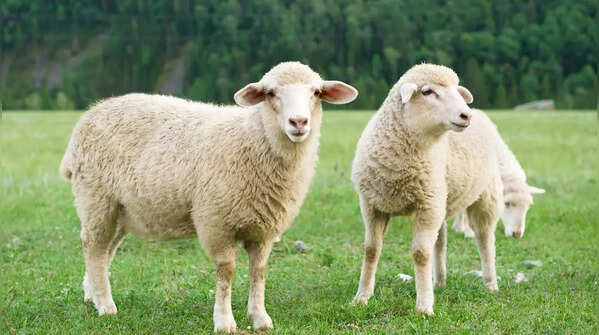
Popular in the Mediterranean and parts of Kashmir, sheep milk is the secret behind creamy cheeses like feta and Roquefort. It’s higher in fat and protein than cow milk, giving it a distinct richness ideal for dairy production.
3. Yaks
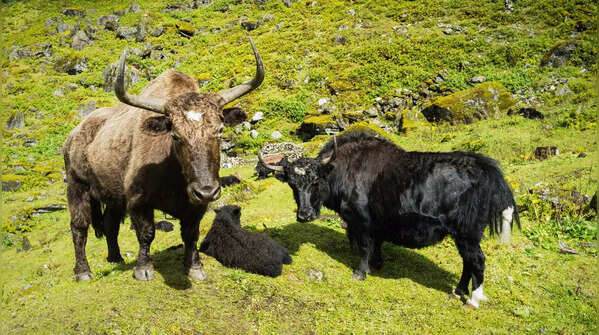
In high-altitude regions like Ladakh, Bhutan, and Nepal, yak milk is crucial. Thick and full of fat, it’s used to make butter, cheese, and even salty tea—a staple in mountain diets that helps locals withstand the freezing climate.
4. Horses
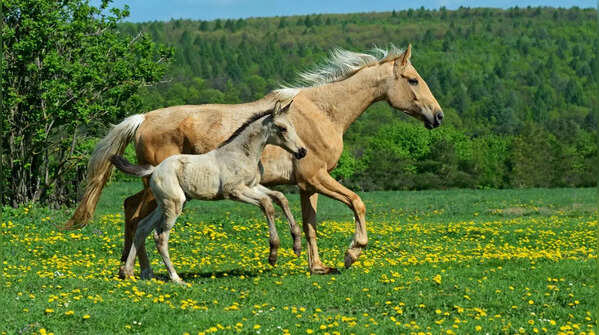
In Central Asian countries like Kazakhstan and Mongolia, horse milk is fermented into kumis, a probiotic-rich, fizzy drink. It’s slightly sour but deeply rooted in tradition, often passed down through generations.
5. Reindeer
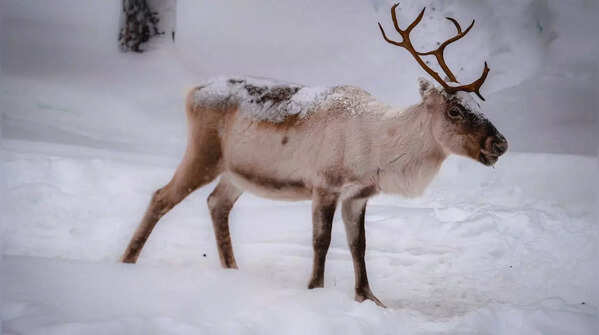
Among Arctic communities in Siberia and Northern Europe, reindeer milk provides essential calories in cold climates. Thick and fatty, it’s consumed fresh or made into local cheeses in small, nomadic settlements.
6. Donkeys
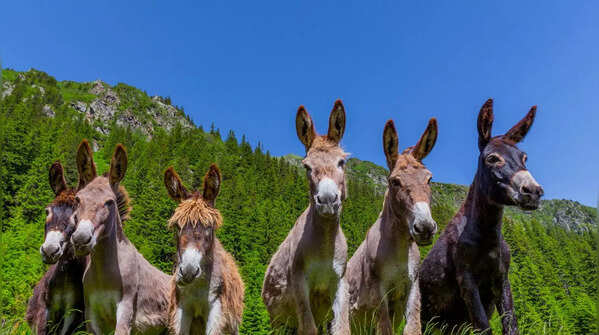
Donkey milk has ancient roots, once prized in skincare and medicine. With a composition close to human milk, it’s gaining attention in modern wellness circles, used in cosmetics and niche health beverages.
7. Moose
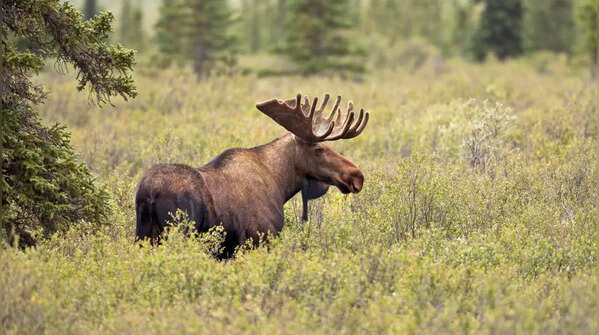
Rare and difficult to harvest, moose milk is found in parts of Russia, Sweden, and Canada. With its high protein and limited availability, it’s often used to make exclusive cheeses and is considered a delicacy.
Final Thoughts: While cow and buffalo milk dominate supermarket shelves, these lesser-known animals quietly sustain communities around the globe. Their milk is not just a nutritional resource—it’s a cultural legacy.




